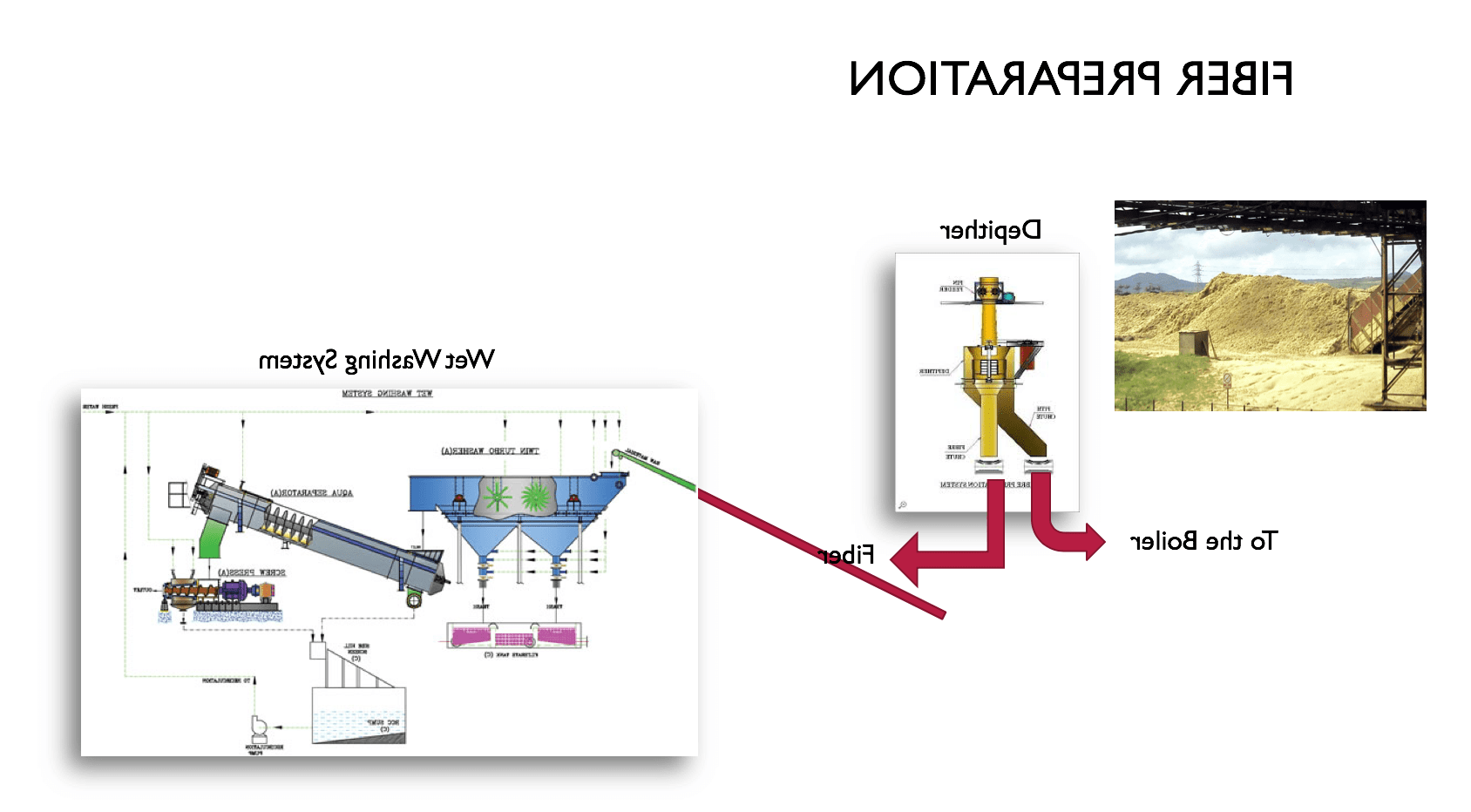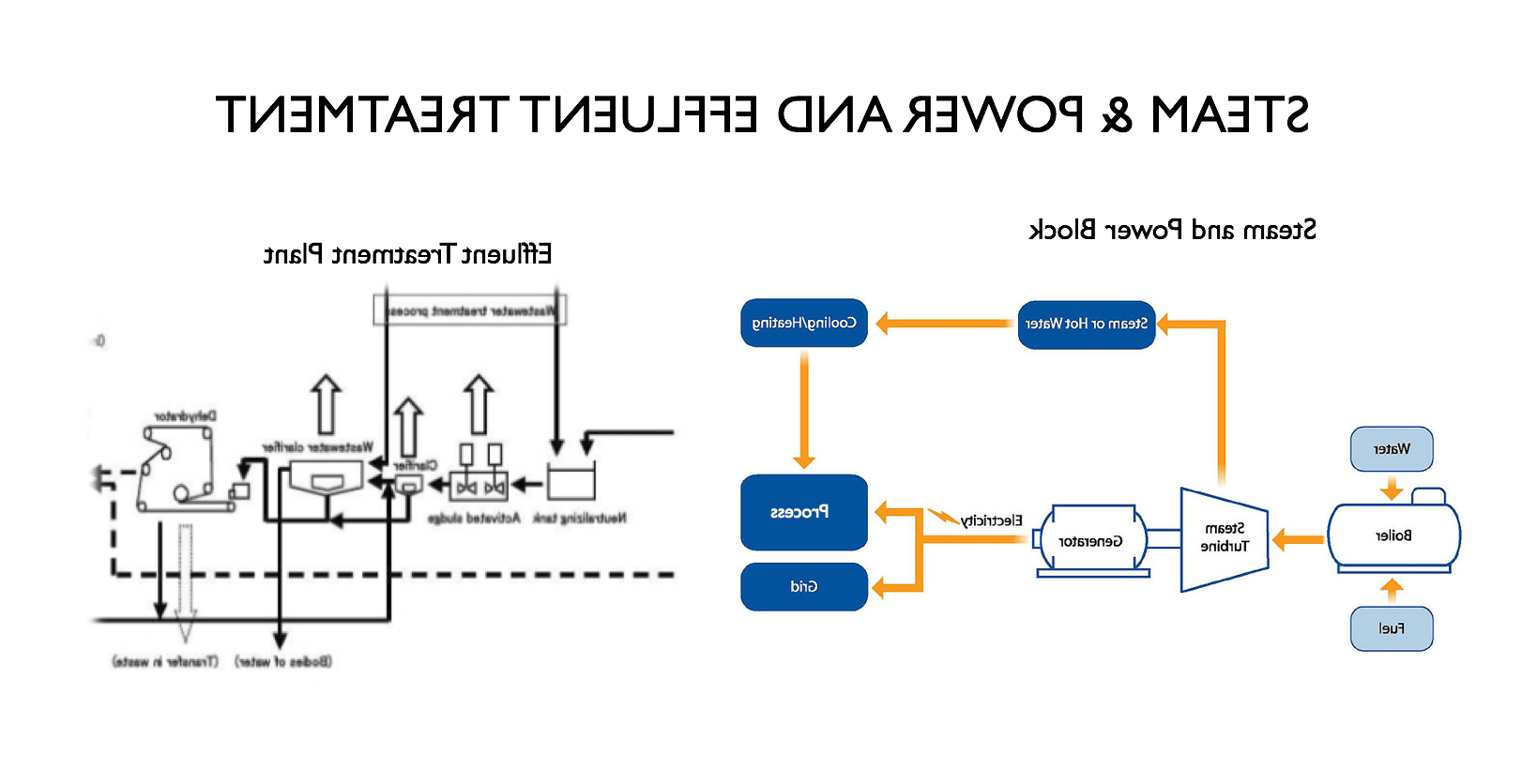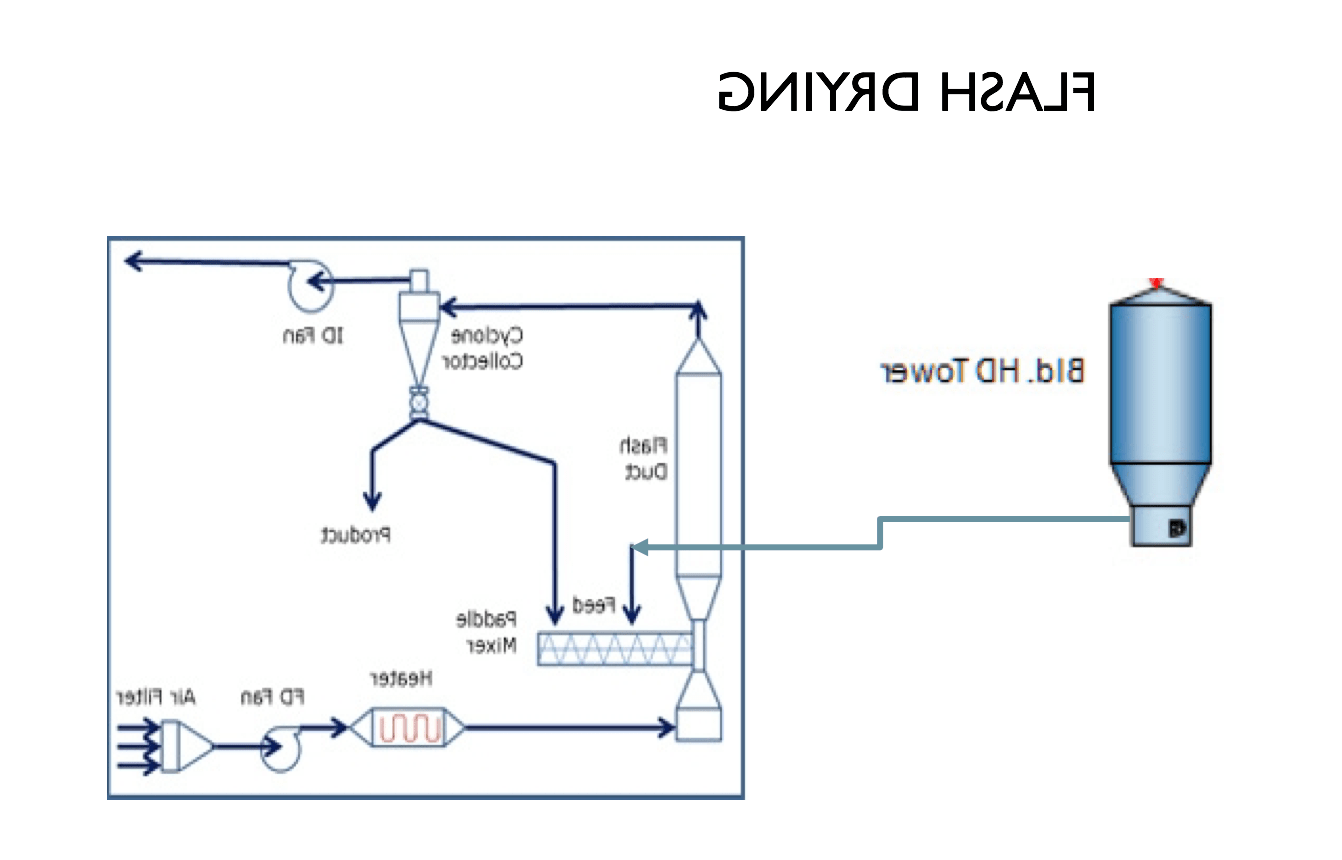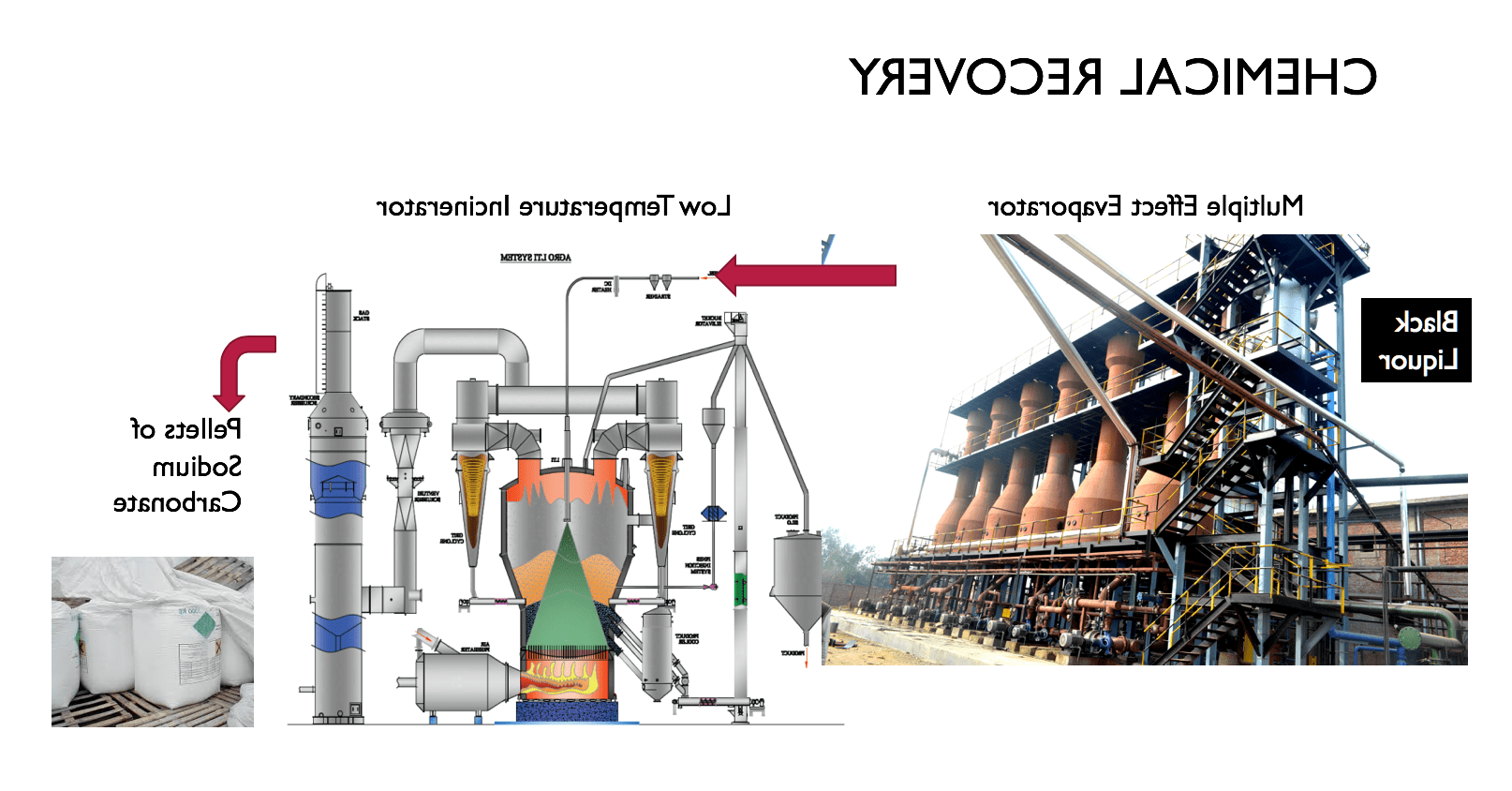Overview
The Project is comprised of a pulp mill, renewable power plant, wastewater treatment plant, and onsite storage on a 100 acre site in Clewiston, Florida which will produce 300+ Bone Dry Tons Per Day (“BDTPD”) of bleached pulp. The pulp mill will be constructed under a construction and equipment procurement agreement with AgroPulp, a leading supplier of pulp fiber plants worldwide.
Pulp Mill
The pulp grinding process involves proven existing technology that will be designed, installed and constructed by AgroPulp, one of the leading pulp fiber design, manufacturing, and installation companies worldwide, under the terms of a Guaranteed Maximum Price contract, with performance guarantees.
Summary of the process:
Depithing/Washing
The process involves first “depithing” bagasse and putting it through a wash process, which separates and loosens dirt from the raw material, whereby the heavy particles fall by gravity into the Junk trap. The pneumatic operated Junk trap valves are operated intermittently to discharge the heavy objects to the wastewater treatment plant.


Aqua Separator
The washed raw material overflows into an Aqua Separator. Two water showers are provided which can be operated at regular intervals to achieve better washing. As the slurry moves along the screw, the water is drained through the perforations due to gravity and the inclination. The water is collected in false bottom trough and can be recycled after cleaning. The raw material is discharged at 14 – 16%
consistency from the Aqua separator.
Compression/Dewatering
The output from the Aqua separator at 14 – 16% consistency falls into the Screw Press Hopper. The screw compresses the raw material through a tapered perforated throat followed with a water cooled plug pipe and the dewatering take place. The excess water further gets drained and the material is discharged at 25 to 27% consistency in a conveyor and transported by a Belt Conveyor to further Process.


Sand and Wet Pith Filter
The Sand and Wet Pith filters consist of a horizontal drum internally fed rotary fine screen, developed for a very active contra-shear action effective for solids liquid separation. The screen drum, constructed out of welded wedge wire screen plates (perforated plate and mesh also available) ensures better solids capture rate compared to conventional screens
Clarifier
The raw effluent will be treated in the preliminary unit of primary clarifier remove suspended solids. The excess sludge generated at the clarifier will be removed periodically. Treated water will be used back in the pulp mill and other areas.


Digester
The washed raw material is transported by a belt conveyor to the metering screw in the digester house. Continuous and controlled flow of raw material is carried out by a metering screw conveyor to the pin feeder. The mixture of raw material and chemical then enters the digester tube. A pneumatically operated blow back valve is provided in the inlet chamber. The screw provided in the digester mixes the raw material and cooking chemical thoroughly and transports the same further. During the travel in the tubes, raw material gets cooked into pulp. The pulp is then blown through a cold blow discharger. In the cold blow discharger the cooking is completed by injection of black liquor and then blown to the blow tank
Screening
The next stage in the process is to screen the cooked pulp, wash the dissolved solids to recover the spent chemicals. The pulp from the blow tank is taken knotters to remove the big chunks and some of the inerts from the pulp. This “Centricleaned” pulp is taken for brown stock washing system. The screened pulp is taken after oxygen delignification.


Whitening
This Centricleaned pulp is stored in a tower. Pulp from this tower is taken for bleaching to make the pulp whiter. Oxygen and Peroxide are used for bleaching and the bleached pulp is stored in HD Chest.

